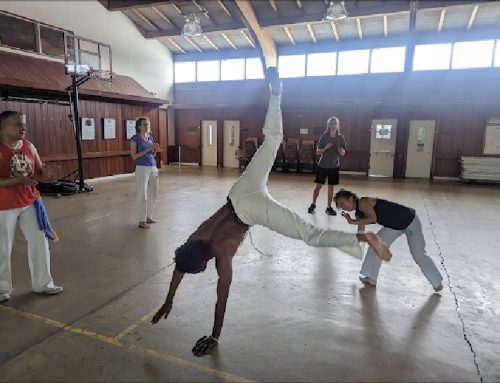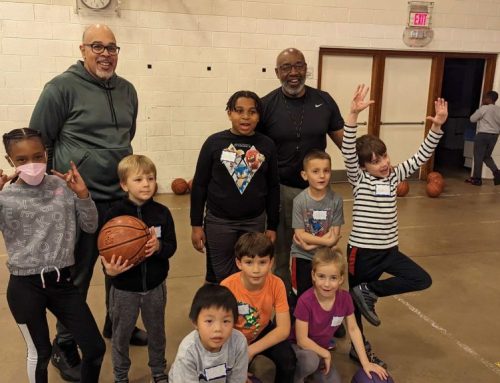 Digital Well-Being Guidelines for Parents During the Covid Pandemic
Digital Well-Being Guidelines for Parents During the Covid Pandemic
from the Center for Humane Tech
In this unprecedented time, technology has become part of the social fabric in a deeper, more intimate way than ever before—for those of us able to access it, technology has been a social lifeline. Unfortunately, our increased reliance on technology doesn’t diminish the challenges and dangers it poses.
We offer the guidelines below in the hope that they will help parents who are feeling overwhelmed trying to navigate the amount of technology used in our children’s lives, and in our own, to make technology more of a tool for well-being, rather than a hindrance.
It is also important to remember that many of these products are actually not on your side. The social media platforms that many parents and children use everyday profit by keeping us scrolling, clicking, and watching. The result is a system that creates addiction, self-obsession, misinformation, and content that outrages and polarizes. Children are experiencing some of the worst effects of this broken attention economy.
For years, the Center for Humane Technology (CHT) has been working to create the conditions for more humane technology that supports well-being, connection, democracy, and shared truth.
Until this is achieved, we offer the guidelines below in the hope that they will be helpful to you and your family.
????♀️ Feel Into It
Let’s be aware of not just our use, but how technology makes us feel. Take the time to reflect on how it’s working or not working with your well-being. Ask yourself and your children not just “do you like X app or game,” but “how does this app or game make you feel, during and after use?” You might learn a lot through this exploration.
Questions to ask ourselves:
- What thought, feeling, or impulse led you to pick up your device?
- As you scroll through your feed, what kind of thoughts come up?
- What kind of emotions come up?
- What happens to your breathing?
- How does your heart feel?
???? All Screen-Time Is Not Equal
The tools that measure our screen-time consider all screen-time equal, but what’s happening on the screen is much more relevant than the screen itself. Instead of trying to remove all screens from our lives, consider the type of activity you and your children are doing on screens. For example, creating or being in conversation is often better for well-being than passively scrolling or consuming others’ content.
Drawing and making dance videos are creative acts, but they are quite different from posting these creations online and repeatedly checking how many likes/comments each creation received. The latter can turn into “slot-machine” behavior, which is riskier for mental health.
There is also difference between two or more people looking at one screen and working together (i.e. games like HQ and Heads Up) and an individual scrolling in isolation (i.e. Candy Crush). The former is more like getting together to play a board game.
Questions to ask ourselves:
- Am I engaging in “slot-machine” behavior? e.g. Endlessly scrolling for the occasional emotional reward? Repeatedly checking my likes to see how many there are, or who liked my post?
- What values is this content/game teaching?
- How can I use what I am consuming as a source of inspiration for creating something of my own?
- What am I learning?
- What is my reason for posting? How would it feel if no one likes this?
???? Get Proactive
Tech is not neutral. It is vying for our attention and is very good at grabbing and holding it. If we’re not intentional about how we spend our time, tech will take the reins for us. For example, instead of spending (distanced) time in nature, accomplishing the goals we set for ourselves, and talking/having video calls with friends and family, we get sucked into our phones without meaning to. Consider making a time management plan at the beginning of each day, week, or month, and helping your kids do the same.
“Based on the latest research, I recommend that children, teens and their parents sit down together and actively approach their 24-hour day as valuable time to be used in ways that support a healthy lifestyle.
Thinking of their day as an empty glass, they should fill it with the essentials; enough sleep to grow and avoid getting sick, school, time to spend outdoors, play, socialize, do homework, and to sit down for one meal a day together as a family (perhaps the single most protective thing you can do to keep their bodies and minds healthy). Once these activities are totaled, remaining time can be used for other experiences that interest the child, such as the activity in question (Minecraft, Fortnite etc.)”
– Dr. Michael Rich, Harvard University
Questions to ask ourselves:
- Did I connect with the people I wanted to this week?
- Did I put the effort and energy into the work, play, social time, activities, and sleep that I intended to dedicate myself to?
- Is my current time management strategy working for me and my family?
Edited for clarity and length.





